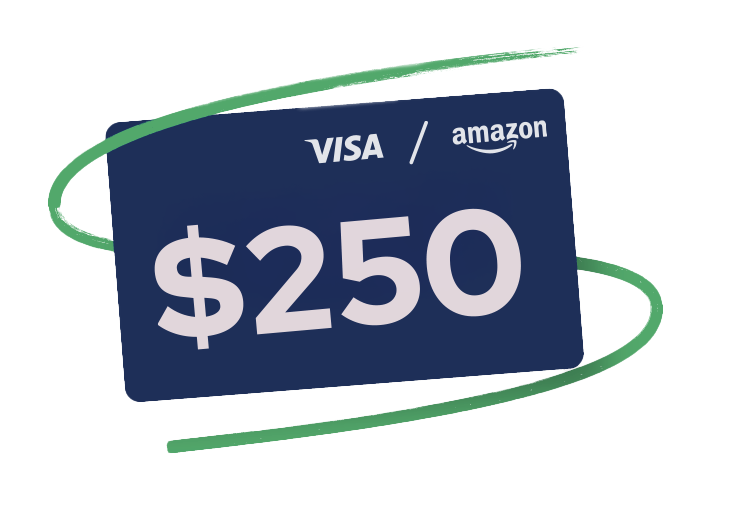Do you have a staff member or patients who don’t speak English as their native language? If so, communicating and treating these patients can be frustrating, challenging, and, at worst, near impossible. Fortunately, there are many ways dental professionals can learn how to overcome a language barrier and foster successful communication between staff and patients.
The Most Effective Ways to Conquer Language Barriers and Facilitate Communication at Your Dental Practice
As of 2015, the U.S. Census Bureau American Community Survey found that over 25 million people1 in the U.S. had limited English proficiency (LEP). Whether you’re having trouble connecting with staff or don’t share a common language with your patients, poor communication can seriously affect your dental practice. Any dentist facing language or communication issues knows the hard work it takes to solve such a significant problem.
Below, we explain the best ways to combat language barriers and emphasize open, efficient communication between you and your staff.
1. Leverage Technology to Improve Communication
Technology continues to advance quickly, which you can use to your advantage to smooth the process of communicating with patients. For example, with 2-Way Communication you can reach people through the mediums they prefer, including email, text messages, or push notifications in the app. Even better, it lightens the load off your front desk staff by eliminating the repetitive calling tasks of appointment scheduling, question answering, and more.
For bridging the language gap for all your in-office patients, technologies like Google Translate and Google Assistant can be invaluable. It even allows two-way interpretation, although its best benefit is the feature for transcribing and translating dictations from a single speaker. All you have to do is talk or type right into the translation device, and your patients can use their own technology to hear your words in their native language or read it right on the screen.
2. Use a Language Interpreter
One of the most traditional ways practices learn how to overcome a language barrier is by hiring interpreters.
Of course, there’s no need for your dental practice to hire a professional interpreter on standby just in case you work with a patient who doesn’t speak English well. But what if your dental practice is in southern Texas, and you frequently have patients who speak Spanish? One way around this is by hiring bilingual staff who can speak fluently with any regular patients who have LEP.
However, if you use a professional language interpreter, be sure they’re available either through video, by phone, or in person. Also, remember that you need to find a native speaker and direct any questions right to your patient. You may not even need to hire a professional, either, as there are often organizations that provide free medical interpretation skills for the general public, such as Vocalize Columbus2.
3. Use Written Documents
Speaking with patients who have LEP provides some of the biggest opportunities for miscommunication. Instead, nip those problems in the bud by using pre-translated written documents. It’s much easier to have these documents ready to go ahead of time than to simply use a verbal interpreter and hope for the best.
You can translate and pre-print the forms you most commonly use for patients, such as consent forms, medical records, treatment, and procedure explanations, etc. You can also use Digital Forms and Consents and upload versions in common languages that your patients speak.
However, it’s important to check that the patient in question fully understands what you’re saying, whether you use verbal or body language. Failure to do so could result in the patient misunderstanding critical information, like when to take their medication or guidelines for upcoming procedures.
4. Try Learning Basic Statements or Phrases
Spending a little bit of time learning the most common phrases or statements in the native language of your patient is another excellent way to improve the methods of communication in your office. Of course, you don’t need to spend money taking a comprehensive language course, but you can take the time to learn simple phrases or questions that you most commonly say or basic medical terminology. It shows the patient that you genuinely care and helps them understand important medical information.
How to Overcome a Language Barrier in Your Dental Practice
Ensuring that your dental staff and patients can clearly understand and communicate with you in your dental practice is essential. At Dental Intelligence, our cutting-edge practice management software solutions make it a cinch to run your practice with skill and efficiency. Schedule a demo today.






.jpeg)


